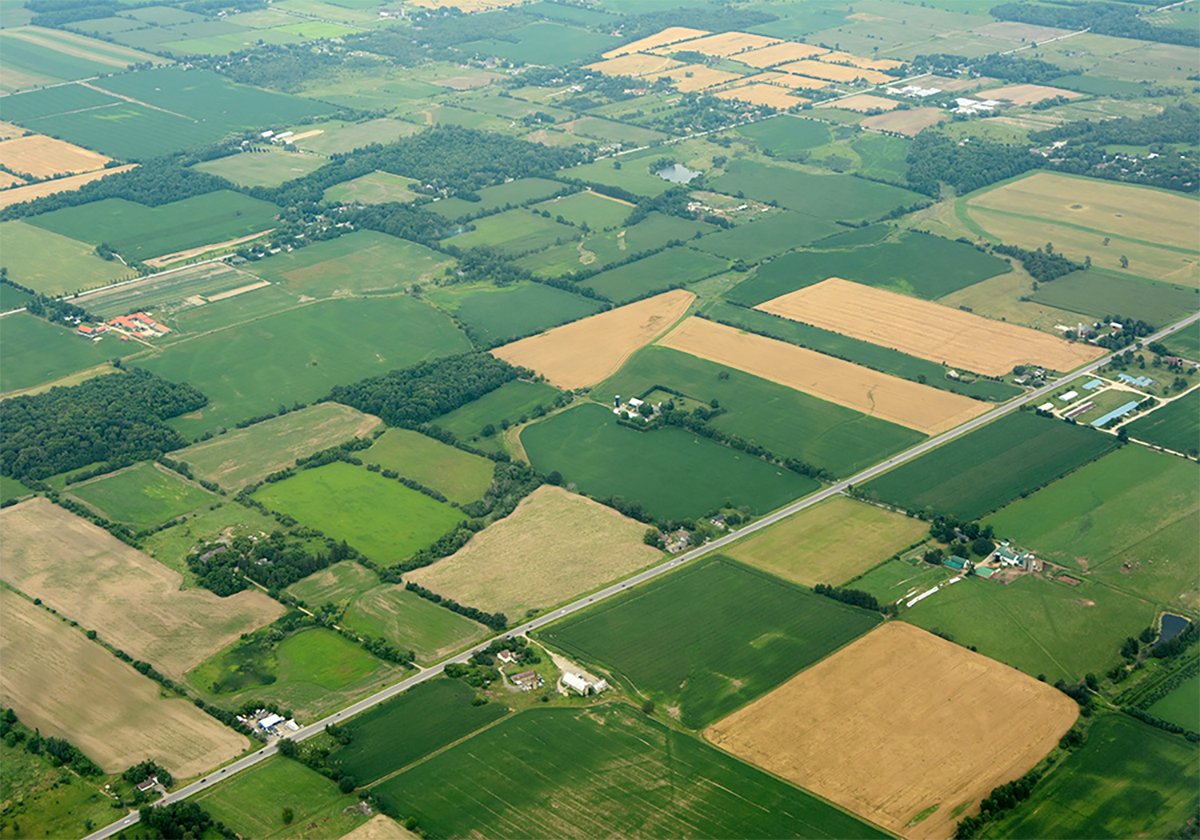All my blathering about the uncertainty of deflation versus inflation yesterday made me go back and look at some longer-term crop price charts to see if I could spot a trend or get a sense of whether we’re in a rising-price channel or a descending-price path.
And as I suspected, this whole question is still clear as mud and we still have no real sense of whether crop prices now are high or low. That makes it hard to do any active price strategizing, because we don’t know whether we’re in the bottom third of the present price range, or in its upper reaches. We don’t have a clue what the present range is.
Read Also

Higher farmland taxes for investors could solve two problems
The highest education and health care land tax would be for landlords, including investment companies, with no family ties to the land.
Look at these weekly canola and oats charts:

 These charts kind of take the excitement out of the recent rally in canola and oats, don’t they? Looking at these weeklies, both canola and oats prices have just gotten back into the upper levels of a range that has existed since last fall, with prices now seeming to bounce up against a resistance line.
These charts kind of take the excitement out of the recent rally in canola and oats, don’t they? Looking at these weeklies, both canola and oats prices have just gotten back into the upper levels of a range that has existed since last fall, with prices now seeming to bounce up against a resistance line.
So in that way, these charts could seem to suggest we’re now in the top of the range and this is a good pricing opportunity.
But if you look a little further back, that gigantic 2008 spike looms over this little range like good book says the Nephilim did over our ancient Biblical ancestors.

The chart above is a grains and oilseeds index from the fabulous and invaluable Commodities Research Bureau commodity price encyclopedia. The line ends at the beginning of 2009, so the slumping since is not recorded there. But I think you can get the sense from it just how truly out-of-the-range that spike was, leaving us now in the situation of wondering whether there’s a new range, if we’ll get future spikes just like this one.
Here’s a monthly oats chart from the same CRB source:
 And one all the way back to the 1920s:
And one all the way back to the 1920s:
 We’re back to living in the upper ranges of the old range, and it’s still not clear if there is a new range or if that ’08 spike was a one-off that meant nothing in the long run.
We’re back to living in the upper ranges of the old range, and it’s still not clear if there is a new range or if that ’08 spike was a one-off that meant nothing in the long run.
The overall commodity complex is posing the same problem for analysts: what the heck did that spike, slump, theories of “Peak Oil” and the “Long Term Commodity Boom” all really mean? Look at these daily, weekly and monthly commodity index charts and tell me what the trend is:


 And here’s the Bank of Nova Scotia’s commodity index:
And here’s the Bank of Nova Scotia’s commodity index:
 So, in a long term sense, are we now in a period of high commodity prices, or are today’s prices low? As with everything I’ve been writing in the past few days, I find the situation unclear to the max. Are we part of the way down, or are we most of the way up?
So, in a long term sense, are we now in a period of high commodity prices, or are today’s prices low? As with everything I’ve been writing in the past few days, I find the situation unclear to the max. Are we part of the way down, or are we most of the way up?
For me as a guy who watches the markets in order to write about them, that’s an interesting question. For you, who has to watch the markets in order to make real-world decisions about when and how to price your crop production based on long term price expectations that are so amazingly unclear, I imagine it is vexing and frustrating. About all anyone can tell you about this is: stay tuned. Some time in the future this present period will be the past and will then be clear.















